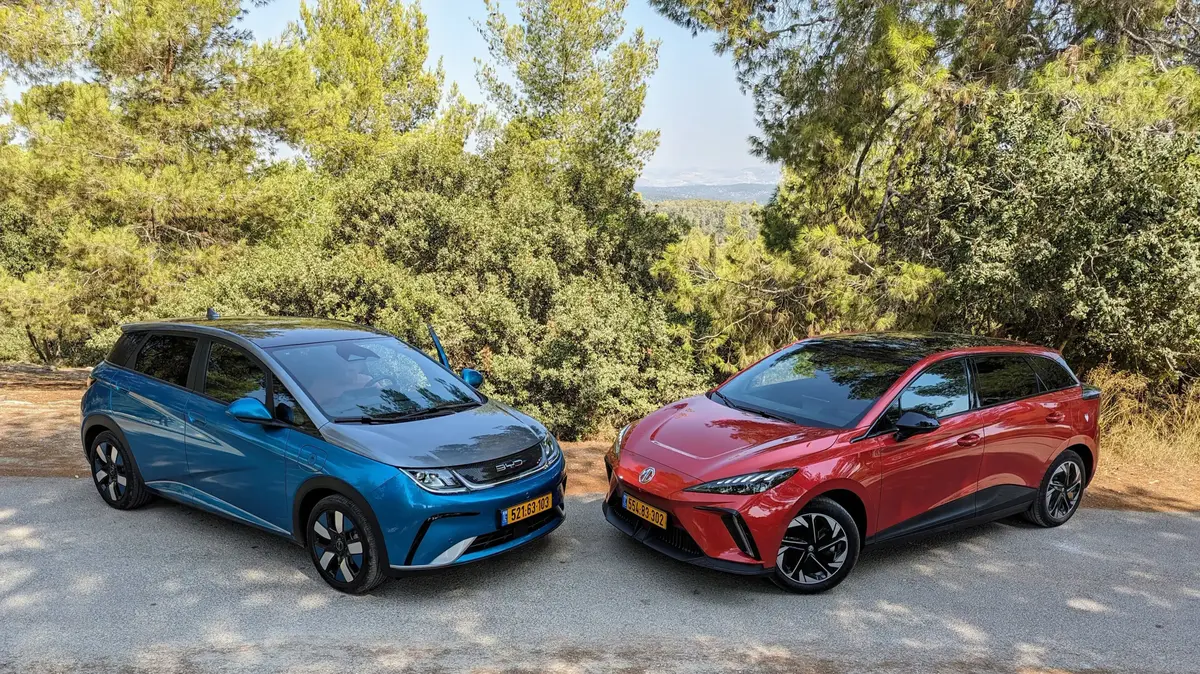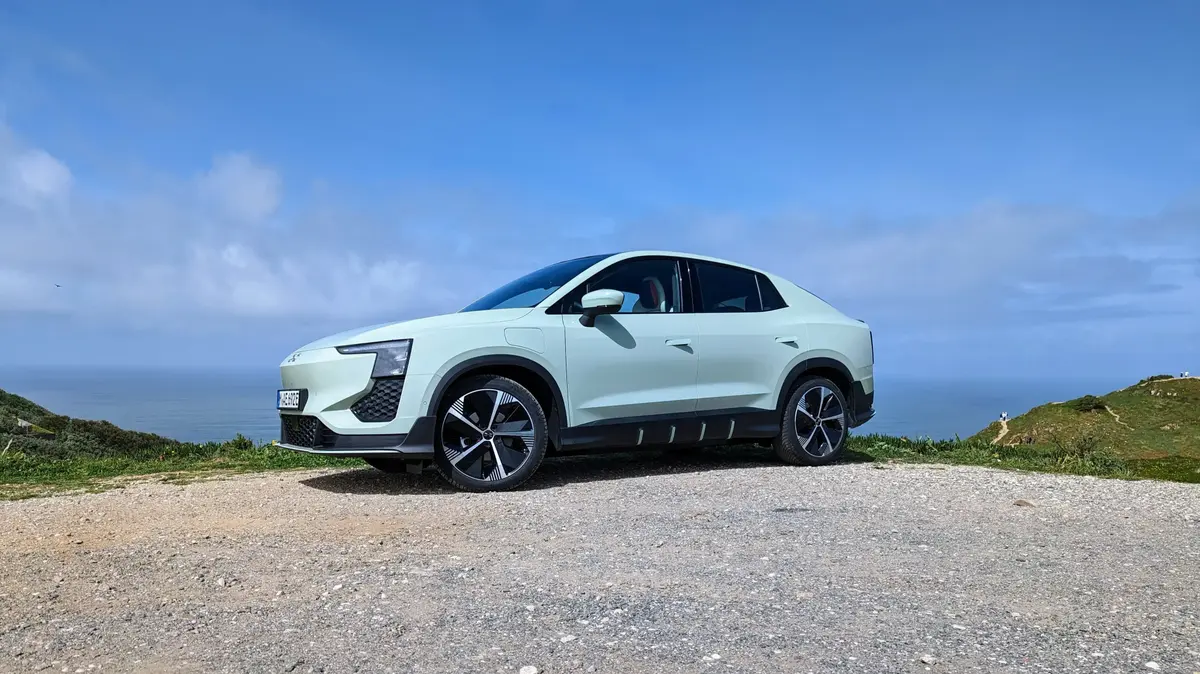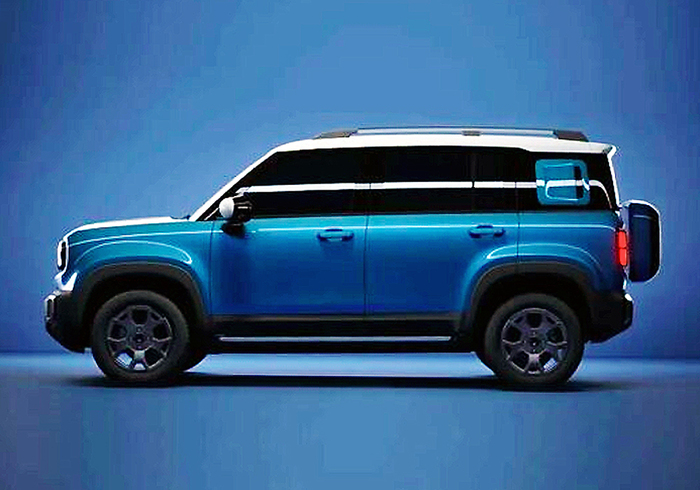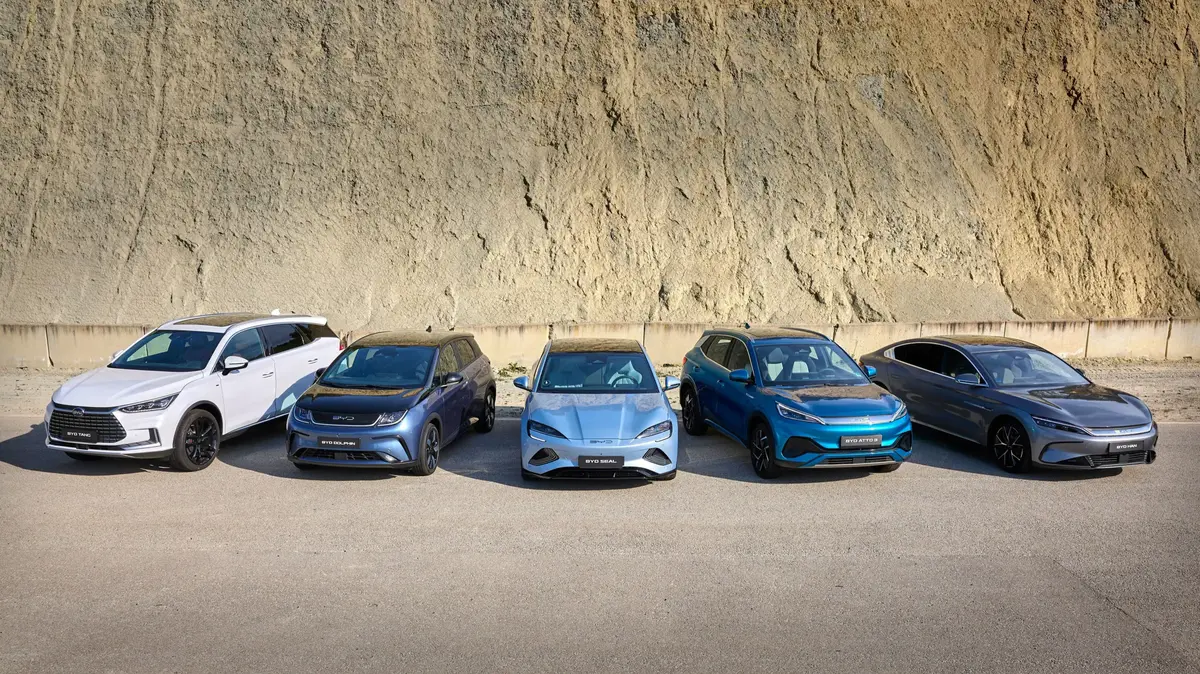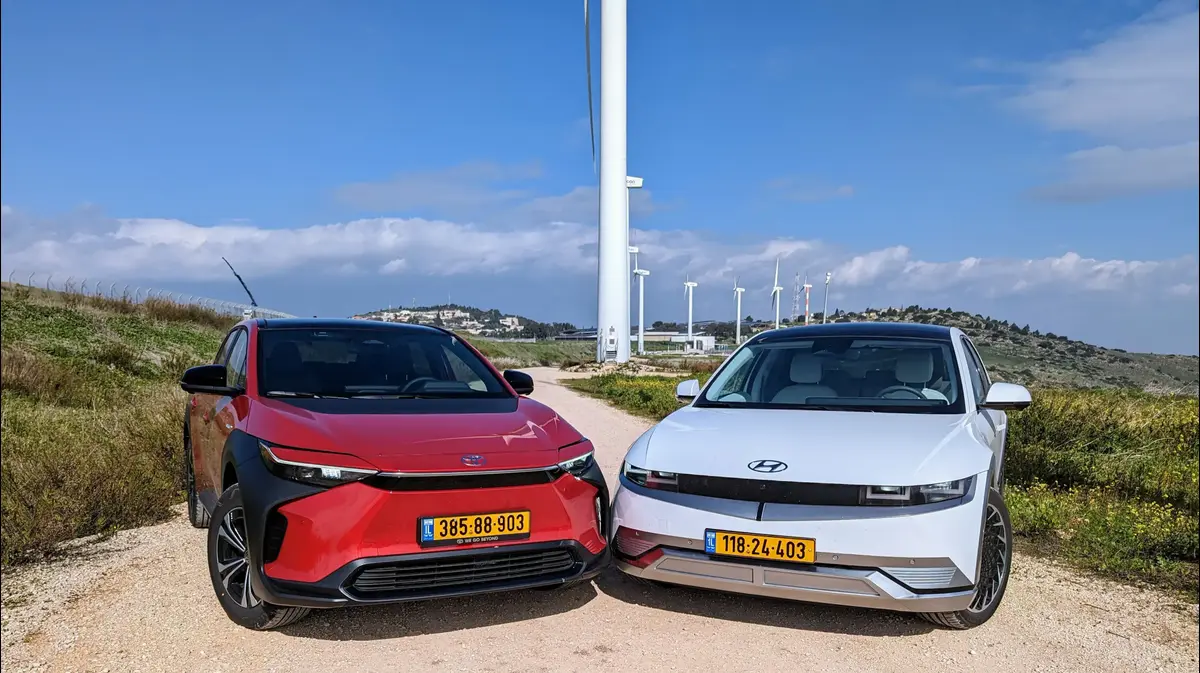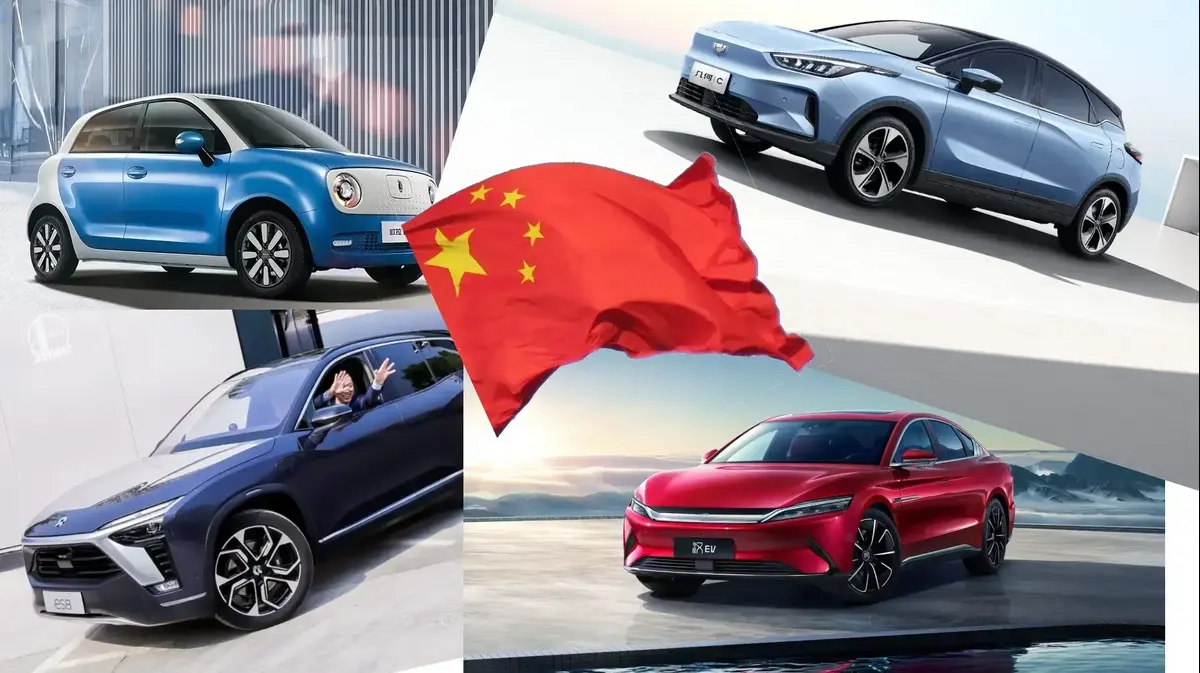Icon: enlarge
One of the Chinese exports: the Aiways U5 SUV
Photo: Ai Shimin / VCG / Getty Images
There are not very many yet, but their number is growing rapidly: electric cars from China have made the leap to the European market.
Almost 18,000 battery vehicles were registered in Europe between January and November 2020, according to the market analysis provider Jato Dynamics.
In the same period of the previous year there were just 391 pieces.
Always stay up to date?
Driving reports, analyzes, current news: you won't miss any articles from the Mobility section of SPIEGEL.
How to turn on your notifications Right arrow
This is now happening what experts have been expecting for years: Chinese manufacturers are attacking Western competition on their home markets.
The industry had previously experienced rapid growth in its home country - measured by sales, the People's Republic has long been the number one car country in the world.
China is extremely important for German manufacturers, they sell the majority of their cars there and have large factories.
But now this one-way street seems to be opening in the opposite direction.
The question is how deeply Chinese companies cut Volkswagen and Co. - and cheap imported goods from the Far East may endanger jobs in Europe in the long term.
An important driver is the switch from internal combustion to electric motors.
With him the cards are being reshuffled in the industry, he is questioning the lead of western companies in terms of technology and reputation.
Huge battery factories have already sprung up in China.
In relation to this, around 18,000 cars from China initially seem like a side note.
In Germany alone, around 194,000 all-electric vehicles were newly registered in 2020.
The Federal Motor Transport Authority (KBA) does not even record China as the country of origin of the car in its new registration barometer.
But manufacturers have announced further models for the European market.
Many of them should score with elaborate multimedia entertainment systems and assistance systems - in other words, in disciplines that are particularly important in China and that, according to experts, are gaining in importance worldwide.
SAIC and Polestar dominate
So far, two Chinese groups in particular have gained a foothold in Europe: On the one hand, the Geely Group with its Swedish brand Polestar, which is not necessarily perceived as Chinese due to its proximity to Volvo.
On the other hand, Volkswagen's joint venture partner SAIC with MG, a formerly British brand.
According to Jato Dynamics, authorities approved around 12,000 MG e-cars in Europe in the first eleven months of last year, Polestar a little less than 6000 - other newcomers such as Xpeng or Aiways have so far accounted for few cars.
Despite the manageable number of units so far, established manufacturers should pay close attention to the new competitors, says Stefan Bratzel from the Center of Automotive Management in Bergisch-Gladbach.
"What we are seeing now is a vanguard." Chinese automakers have learned from their first attempt to get to Europe.
Back then, around 15 years ago, some of them failed in the crash test.
Management consultant Jochen Siebert, who specializes in the Chinese car market, also warns of the new competitors.
Today's vehicles have nothing to do with those from back then.
"The Chinese cars that are on the market in Europe today have to be taken seriously," said Siebert.
So far, however, only SAIC has a real strategy for Europe, whose MG models are assembled in Great Britain from delivered kits.
The vehicles are mainly sold there and in Norway in large numbers.
According to Siebert, Norway is the easiest market.
"So far, Chinese manufacturers haven't really dared to go to Germany and France," says the expert.
Due to the strong subsidies, Norway is considered an electric paradise, in 2020 more than half of the newly registered cars there were purely electric - and new manufacturers do not have to compete with a domestic auto industry.
In Germany, MG will only start this year with its down-to-earth ZS model.
Successes in Europe should compensate for problems in China
Currently, some Chinese manufacturers are still coming to Europe out of necessity, explains Siebert - they wanted to compensate for problems in China.
There, according to Siebert, Tesla has largely ousted local manufacturers.
"MG has not yet been a success story for e-cars," explains the Chinese specialist, and the same applies to the manufacturer Aiways, which is also present in Europe.
"Both play a minor role in China," the consultant notes.
Nevertheless, he sees these manufacturers as serious competitors in Europe - but less so for VW, BMW or Mercedes.
MG is more likely to compete with Fiat, Peugeot or Dacia, according to Siebert.
Fiat had to withdraw from China in 2019 because of competitors such as SAIC, while the manufacturers from the People's Republic developed incredibly quickly.
Besides SAIC and Geely, one has to keep an eye on BYD.
The opponents of the German manufacturers are yet to come
The really tough opponents from the perspective of the German manufacturers are still to come.
"It will be really exciting when the start-ups Nio, Li Auto and Xpeng come to Europe on a larger scale," says China specialist Siebert.
Because they, according to the consultant, "can all keep up with Tesla".
Nios market value is almost 90 billion euros - and thus above that of the industry giant General Motors.
However, it will be some time before the start-ups attack - according to Siebert, they have so far been busy building up their business in China.
European car buyers can therefore expect more diversity in the future, also because the EU is one of the next big growth markets for e-cars.
"In 2025, we expect two million battery-powered vehicles per year in China, but four to five million in Europe," explains consultant Siebert.
The emerging market should attract further competitors for local manufacturers.
And what should customers expect from the newcomers?
At the beginning, car expert Bratzel warns, they need a certain capacity for suffering.
As with Tesla, you might have to wait a long time for replacement parts at first.
“In return, you stand out with a car like this and benefit from relatively low prices,” says Bratzel.
It will take some time to see whether the vehicles deliver what their manufacturers promise in terms of quality.
In the EuroNCAP crash test, however, the MG ZS at least achieved success - the car scored very well with five points.
Icon: The mirror


